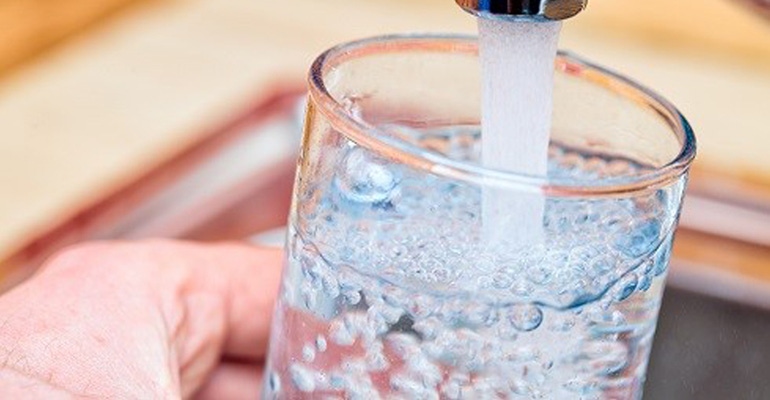July 31, 2019

Private wells are an important part of Iowa’s landscape and keeping an eye on the quality of water coming out of those wells is equally important. In a recent edition of Acreage Living newsletter, Jamie Benning, water quality program manager for Iowa State University Extension, says testing should be done annually, and is relatively easy to do.
“Even if your well and the area around it have remained unchanged, it’s important to test water annually for indicators of contamination, including nitrate and bacteria, to ensure the water is safe to drink,” Benning says.
Spring and early summer are ideal times to test, as melting snow and spring rains move through the soil and recharge the aquifer. But you can test water anytime of the year.
Water testing kits can be ordered through your local county environmental health department or county sanitarian. Many counties participate in the Grants-to-Counties Well Program that provides financial assistance for water testing. Testing kits also may be ordered through the Iowa State Hygienic Laboratory Private Well Water section. More information is available on the Iowa Department of Natural Resources Private Well Testing website.
Many Iowans rely on wells
According to the Iowa Department of Natural Resources, more than 75% of Iowans rely on groundwater as their primary source of drinking water, using a combination of private and public wells.
The recent flooding in Iowa makes testing your well even more important, especially if you suspect that floodwaters may have reached your aquifer. Benning says if floodwaters reached your private well casing, covered the top of the well casing, or covered areas around neighboring wells, the Iowa DNR recommends testing for total coliform bacteria.
If a well is testing positive for bacteria, an alternative water source should be used for cooking and drinking until a test indicates it is safe.
Testing water for livestock
Benning says it’s also important to test water used for livestock. Concentrations of 100 parts per million or less of nitrate is generally considered safe for livestock. It’s also important to consider the nitrate content in forages to calculate total nitrate consumed. Young and pregnant livestock are at higher risk for nitrate toxicity than mature animals.
There are steps you can take to protect well water. While some groundwater contaminants are naturally occurring in certain aquifers, other contaminants, including nitrate, petroleum products, and bacteria, are influenced by management of the area around the well and within the well capture zone.
Maintaining minimum separation distances between the well and common sources of nitrate, bacteria and other contaminants are recommended to minimize well water contamination and maintain well water quality.
Separation distances for common acreage and farm contaminant sources can be found in ISU Extension publication PM0840, Good Wells for Safe Water.
The July edition of Acreage Living also features articles on managing striped cucumber beetle, monarch butterfly conservation, and the Aug. 5 Fruit and Vegetable Field Day at ISU’s Horticulture Research Station.
Source: ISU, which is responsible for information provided and is wholly owned by the source. Informa Business Media and its subsidiaries aren’t responsible for any content contained in this information asset.
You May Also Like




